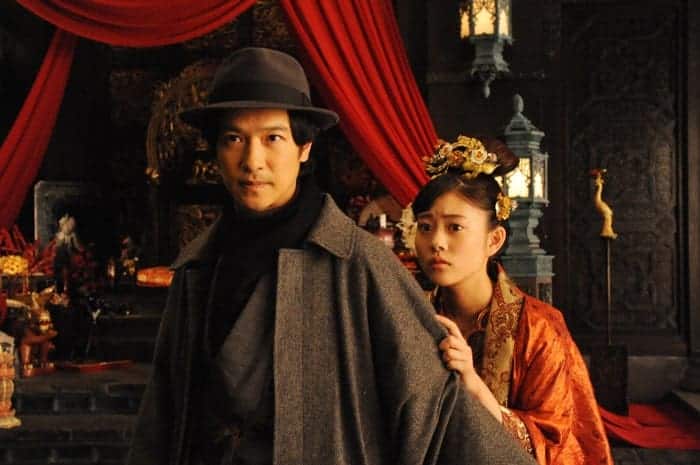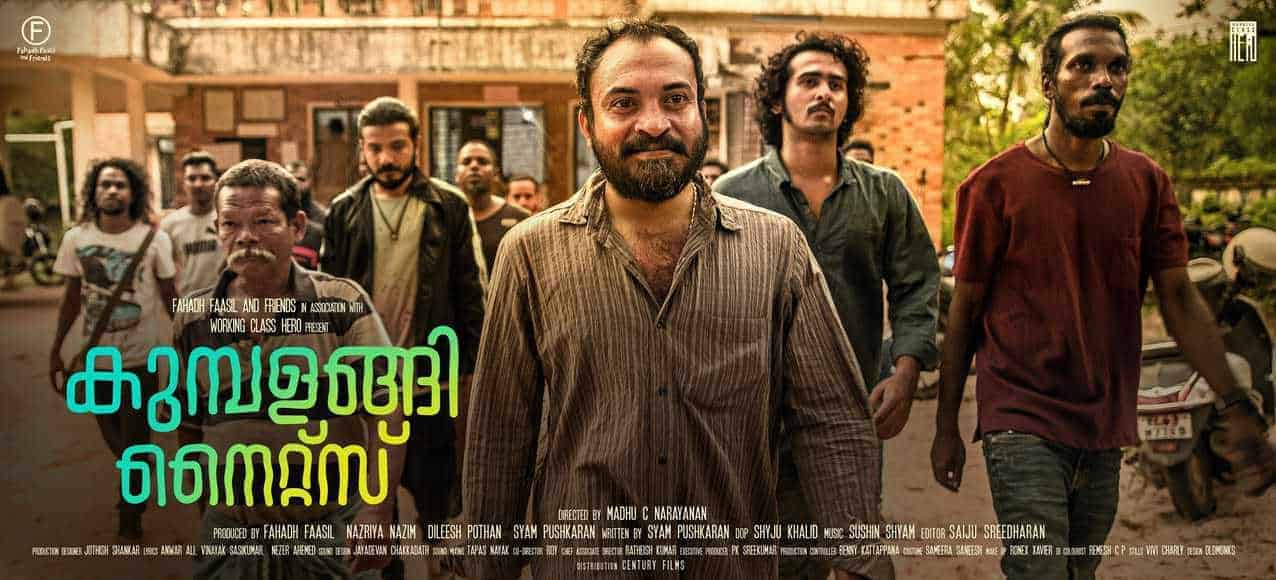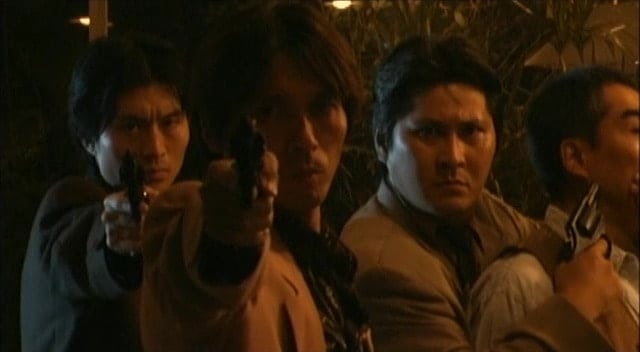By Lai Kun-Yu
“Missing Johnny” is a story that records young people in Taipei. Filled with energy and power, this film expresses different faces of Taipei with the soul of the Taiwanese New Wave. It is an unforgettable work in this year Taipei Film Festival.
The story is about three young people who live in the same building, in different apartments. Lee is the landlady's son who is autistic. Feng is a worker who helps the landlady to maintain her house. As for Hsu Zi Qi, she is a girl from Hong Kong who loves birds. These three main characters live their own lives and have their own troubles. Hsu Zi Qi is confused about the future between her and her boyfriend. Feng is involved in an embarrassing family argument. Lee tries to find himself in this complicated world. Their own individual storylines sometimes connect, making the film very interesting.
Just like what producer Hou Hsiao-hsien said, it is a film that records Taipei. Few filmmakers have such an ambition to do this in feature film because it often requires a complicated storyline or being good at controlling the atmosphere. Influenced by Hou Hsiao-hsien, director Huang Xi has great ability to build the feeling of modern Taipei – vibrant and unique. However, the way he constructs the plots is more similar to Edward Young.
Furthermore, “Missing Johnny” uses several metaphors to express its ideas thoroughly. In the film, Hsu Zi Qi receives several calls from various individuals, who say they are looking for a guy called Johnny. However, he never shows up in this film. Johnny instead embodies the idea of being a perfect person. By these phone calls, the audience can realize that Johnny rarely fails people around the film. The reason why this impeccable guy doesn't show up is that he does not exist. There is no such a guy who can deal with his relationship perfectly in every aspect of reality.
As for the parrots, they symbolize happiness. Hsu Zi Qi raises two parrots, and one of them flies away. The three main characters all come together to chase the bird, just like Maurice Maeterlinck's fairy tale “The Blue Bird”. But in this film, the bird they chase is a metaphor for the peace and dream they can't get. On the other hand, the little parrot that still stays in the house is representative of the pure joy that they can hold on. The runaway parrot's species is a Black-head Caique, which explains why the film's Chinese title is Johnny · Caique. Both of them represent the things that young people want and miss.
“Missing Johnny” has the spirit of Taiwanese new wave, but it also has its own soul inside. Combining classic shots that we can see from classic Taiwanese films, like “Millennium Mambo”, and a vivid screenplay, this film tries to reflect the hearts of the youth. It indeed captures the essence of young Taiwanese people and the true color of Taipei.
















